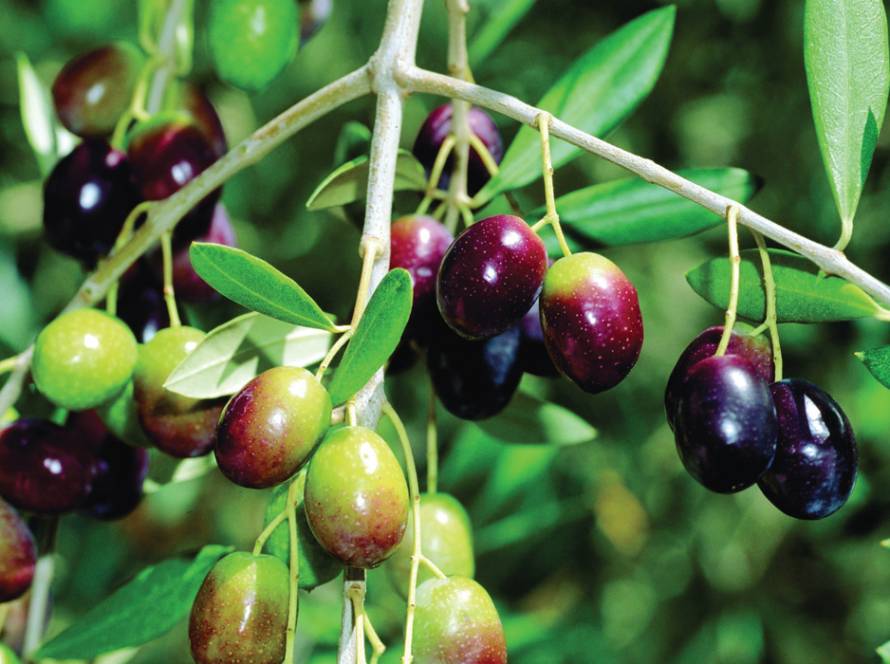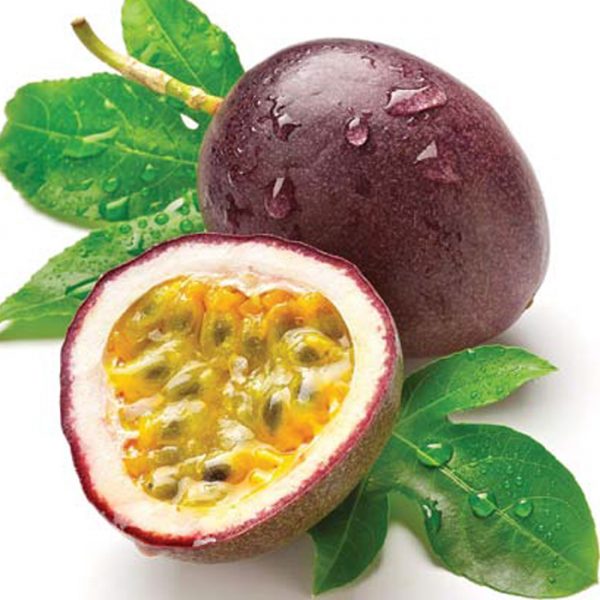Complete Preparedness After the Sharp Cold and Humid Weather
Following the recent sharp cold and humid weather, agricultural areas are now experiencing specific climatic conditions, including:
- A significant temperature difference between day and night.
- Sudden climate fluctuations, especially temperature shifts from warm to very cold.
- Increased humidity, particularly in the mornings, decreasing in the afternoons, and rising again at night.
- Fluctuations in wind speed, sometimes carrying dust and fine sand.
These conditions are highly conducive to the rapid spread of diseases, particularly:
Gray Mold Disease
Pathogen: Botrytis cinerea
This disease occurs in fields or greenhouses with high humidity and average temperatures below 20°C. It affects crops such as strawberries, tomatoes, cucumbers, and peppers, particularly the fruits.
Symptoms:
Fruits become more susceptible to infection, showing soft rot that starts at the top and extends to the base, often covered by dense gray fungal growth (the hallmark of the disease). Leaves and stems may also show gray growth due to high humidity in greenhouses. Infections usually start in flowers and buds, especially those damaged by frost or fruits near the ground. Any injury to the flowers or fruits encourages fungal entry, leading to soft rot and a gray appearance due to the conidial spores of the fungus.
Factors Favoring Disease Spread:
- High soil and air humidity.
- Increased shading and cloudy days.
- Dense foliage growth.
Prevention and Control:
- Moderate irrigation.
- Avoid causing wounds during plant care.
- Protect plants from extreme cold and frost.
- Prevent conditions that lead to increased humidity around plants.
- Ventilate greenhouses to avoid high humidity that aids disease spread (raising temperatures in greenhouses above 25°C, lowering humidity levels, and reducing plant density; the optimal infection temperature is 18-24°C with free water or high humidity to promote spore germination). Proper ventilation is crucial to prevent water condensation on leaves and stems. Infection can occur through direct penetration or wounds, with injuries accelerating disease spread.
- Plant at appropriate distances to avoid overcrowding, which can lead to a higher incidence of various diseases.
- It is advisable to spray plants with suitable fungicides upon the appearance of symptoms, repeating every 8-10 days. Recommended fungicides include:
- Pelez: 50 g / 100 liters of water
- Rovral: 100 g / 100 liters of water
- Switch: 50 g / 100 liters of water
- Tildor: 50 cm / 100 liters of water.



